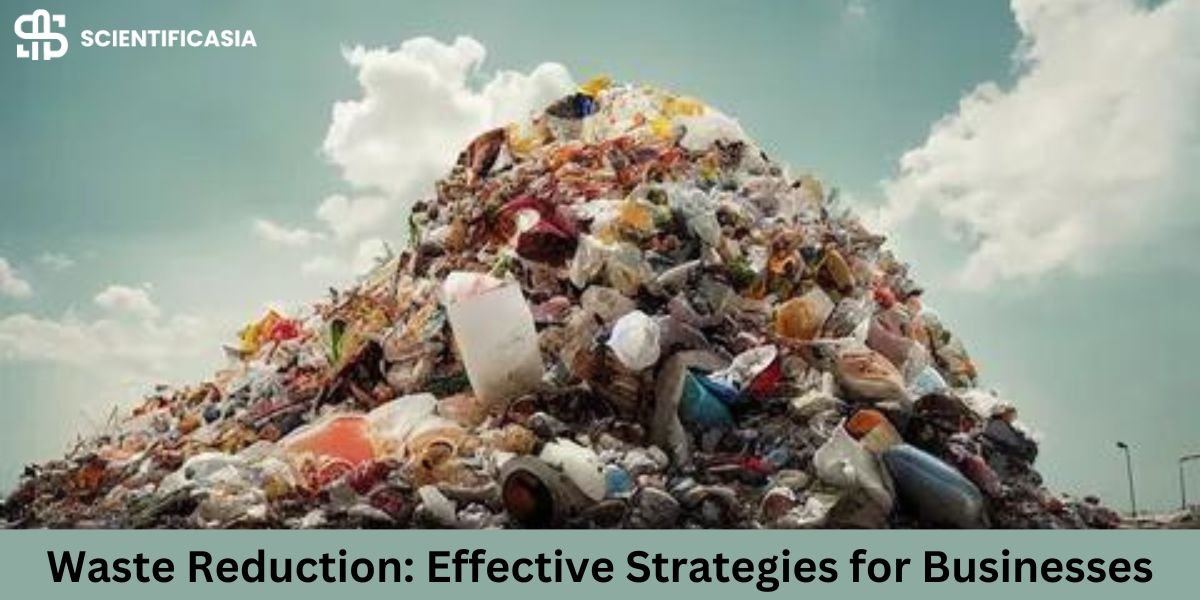Key Takeaways
- Discover impactful waste reduction strategies for businesses.
- Understand the benefits of implementing sustainable practices.
- Learn about innovative technologies that aid in waste management.
- Explore case studies and examples of successful waste reduction.
Introduction
Modern enterprise environments make waste discounting an ever greater important vital. Environmental regulations are getting more stringent, at the same time as client and stakeholder expectations for sustainable practices maintain growth. Companies must find effective techniques for effectively and responsibly handling waste volumes modern solutions like self contained compactors play an indispensable role in helping corporations manipulate this undertaking efficaciously and responsibly, with implementation yielding a couple of blessings ranging from improving the environment and increasing profitability to enhanced brand recognition or even improved logo fee.
Importance of Waste Reduction
Reducing waste is an attempt that is going some distance beyond value savings; it additionally conserves natural resources and minimizes environmental pollution. By lowering their carbon footprint by sending much less trash to landfills, companies can significantly decrease greenhouse fuel emissions, something particularly relevant in present-day climate-aware society.
Environmental sustainability and waste reduction go hand in hand with company social responsibility goals, with companies that include sustainable practices regularly reaping blessings inclusive of better logo popularity, better customer loyalty, or even regulatory exemption.
Consumers these days are more inclined to support groups that show actual difficulty in saving the surroundings.
Strategies for Effective Waste Management
Conduct a Comprehensive Waste Audit
The foundation of any successful waste management strategy is a comprehensive waste audit. This involves an in-depth analysis of the types and volumes of waste the business generates. Companies can identify key areas where waste reduction is feasible by systematically categorizing waste streams from paper and packaging to electronics and organic waste. To explore how dumpster rentals can support these efforts, see more about available options and services. This understanding allows businesses to develop targeted strategies, ensuring that resources are allocated efficiently. This understanding allows businesses to develop targeted strategies, ensuring that resources are allocated efficiently.
Implement a Reduction, Reuse, Recycle Program
Once a waste audit is complete, the next step should be implementing an (RRR) program. Reducing waste at its source, such as by opting for digital documentation or opting for less packaging, directly reduces volume, while repurposing materials within the company or donating excess goods extends their useful life and their shelf-life, with recycling being the final step where materials like paper, plastics, glass, and electronics are processed for reuse, completing this comprehensive approach to waste management.
Invest in Employee Training and Engagement
Employee participation and training are vital components of any waste reduction program’s success. A well-informed workforce can be a formidable weapon against waste; training sessions, workshops, and clear communication about targets and practices for waste reduction can create a culture of sustainability among employees who understand its significance as part of their job responsibilities and are likely to champion its principles for greater overall program success.
Innovative Technologies
Technological breakthroughs have enabled innovative approaches to trash management. Smart waste management systems and compactors offer significant improvements in waste handling efficiency; self-contained compactors compress waste at its source, dramatically decreasing the volume and frequency of collection needs while simultaneously decreasing transport costs, environmental impacts, and workplace hygiene and safety.
Data analytics is also essential in modern garbage management. By analyzing waste generation patterns, companies can pinpoint inefficiencies and areas for improvement this allows organizations to reduce over time their waste generation rates, streamline procedures, and make informed decisions—with real-time information obtained through technology such as the Internet of Things (IoT) sensors to ensure waste management systems always operate as efficiently as possible.
Benefits of Waste Reduction
Implementing effective waste reduction strategies has several advantages, with monetary savings among the maximum on-the-spot and tangible ones. Companies can reduce disposal prices by cutting waste volumes. Furthermore, efficient waste management regularly leads to progressed operational efficiencies through streamlining procedures and optimizing resource utilization extra successfully.
Waste reduction’s environmental blessings cannot be overstated. Reducing waste helps preserve herbal resources, decrease pollution levels, and mitigate climate change, all of which contribute toward assembly sustainability dreams and constructing recognition amongst environmentally conscious customers and companions. Companies that prioritize sustainability will appeal to more customers, companions, and buyers, giving them an aspect of the market.
Case Studies of Successful Implementations
Several businesses have successfully implemented waste reduction strategies, serving as exemplary models for others to follow. According to Forbes, several companies have carried out significant waste reductions via innovative recycling applications and sustainable practices. These tasks have no longer caused cost financial savings but have also reinforced the groups’ reputations as leaders in environmental stewardship.
Another example is documented by The Guardian, highlighting businesses that have cut down waste production through the adoption of advanced technologies and comprehensive employee engagement initiatives. These case studies underscore the practical application of waste reduction strategies and the substantial benefits that come from committing to sustainability.
Conclusion
Executing viable waste reduction strategies isn’t just a natural obligation; it is a business basic. By tackling the state-of-the-art advancements and connecting with representatives, organizations can fundamentally diminish squandering, bringing about both monetary and ecological advantages. By adjusting and further developing burn-through administration rehearses after some time, organizations can guarantee long-haul supportability and accomplishment for themselves while on the whole offering an effective expression about how significant lessening waste can be for our planet and society overall.












